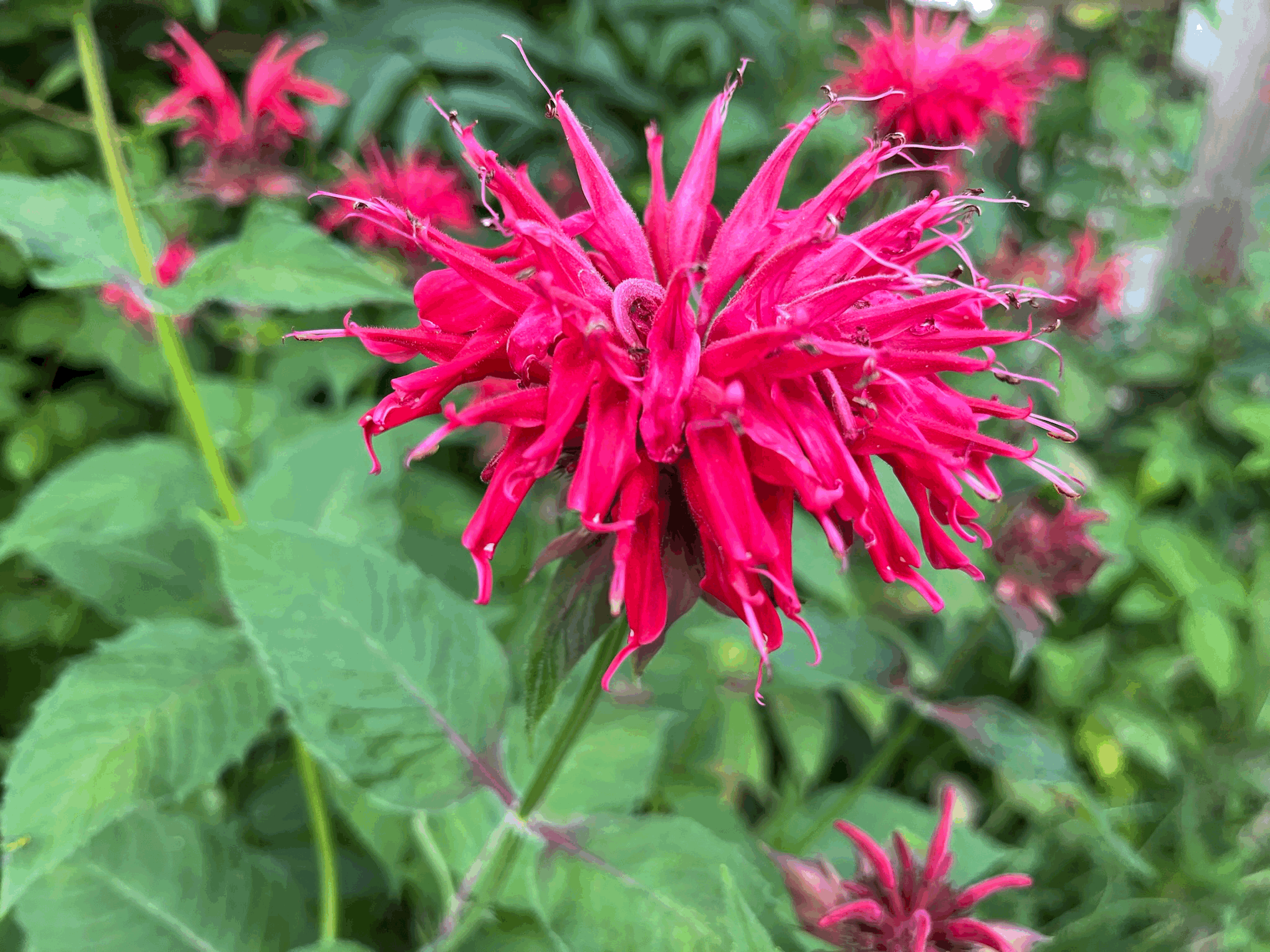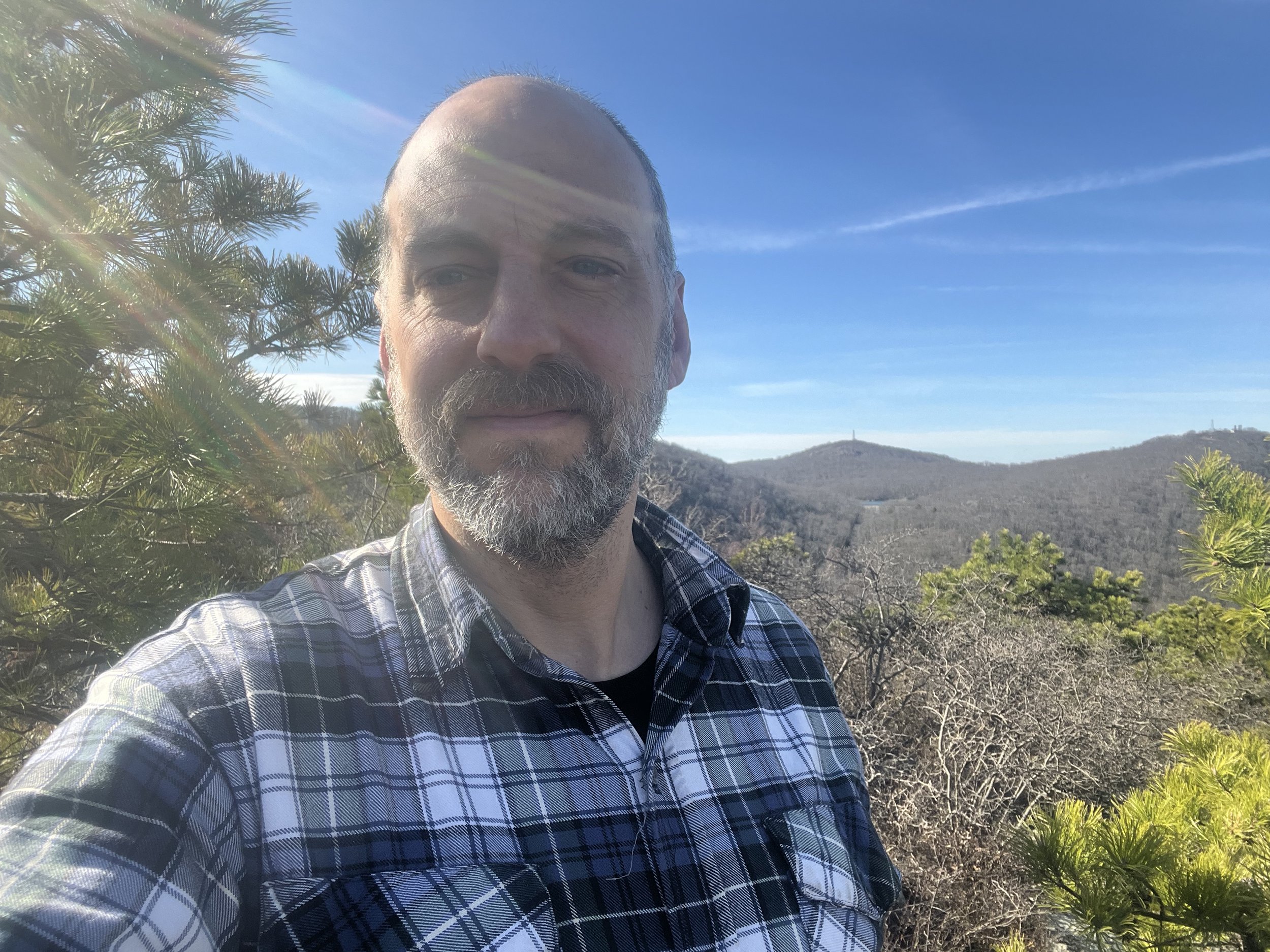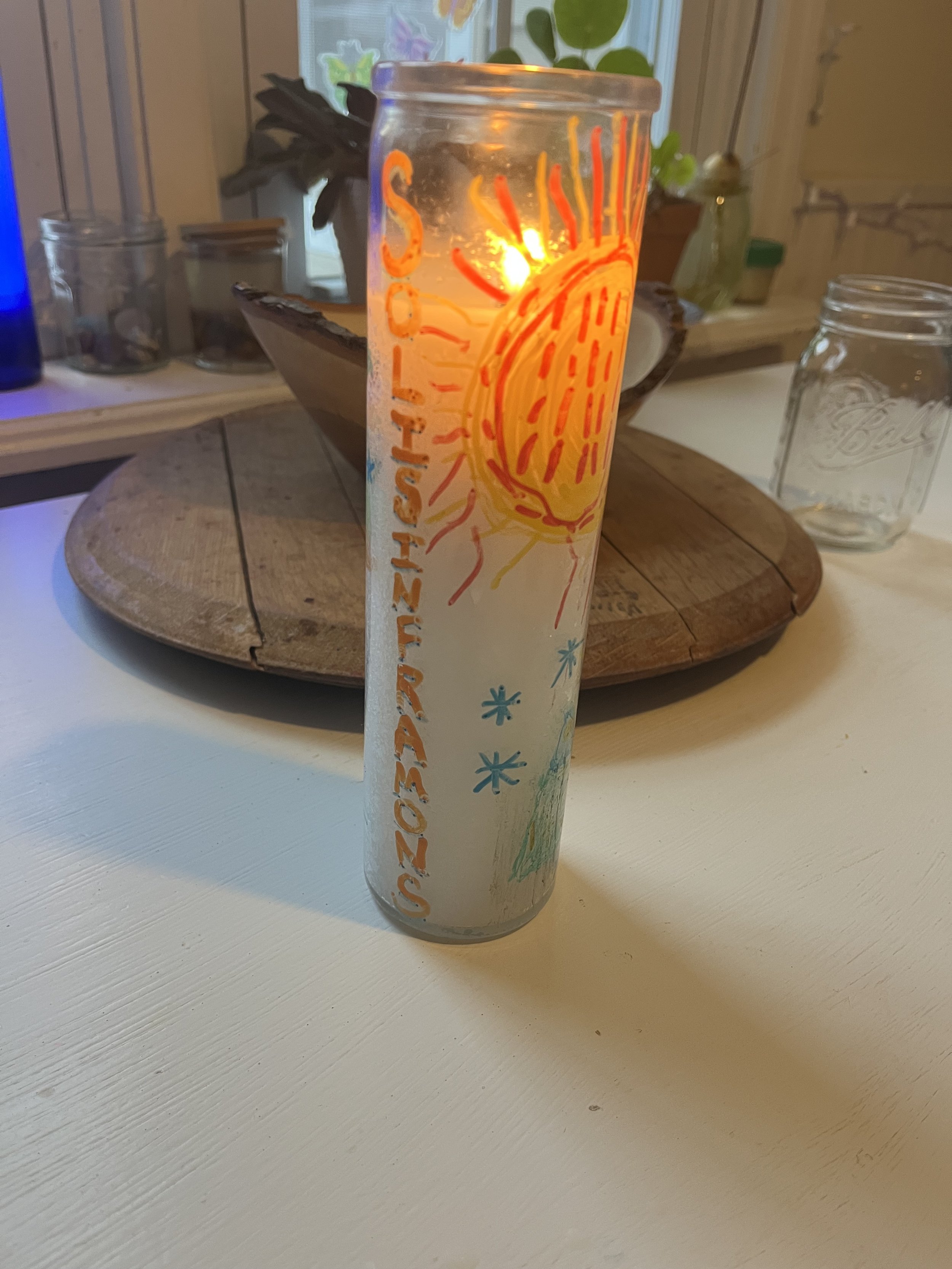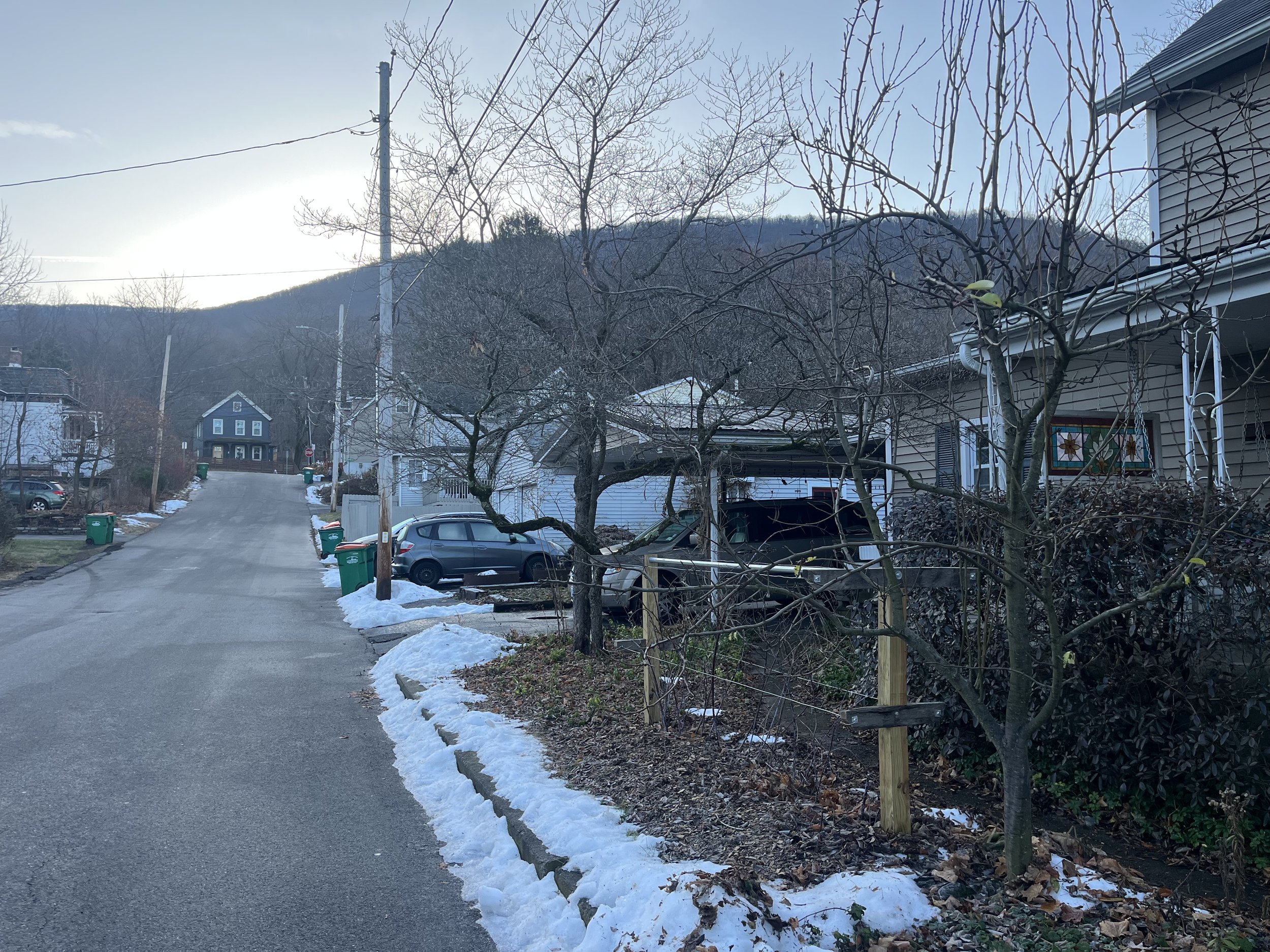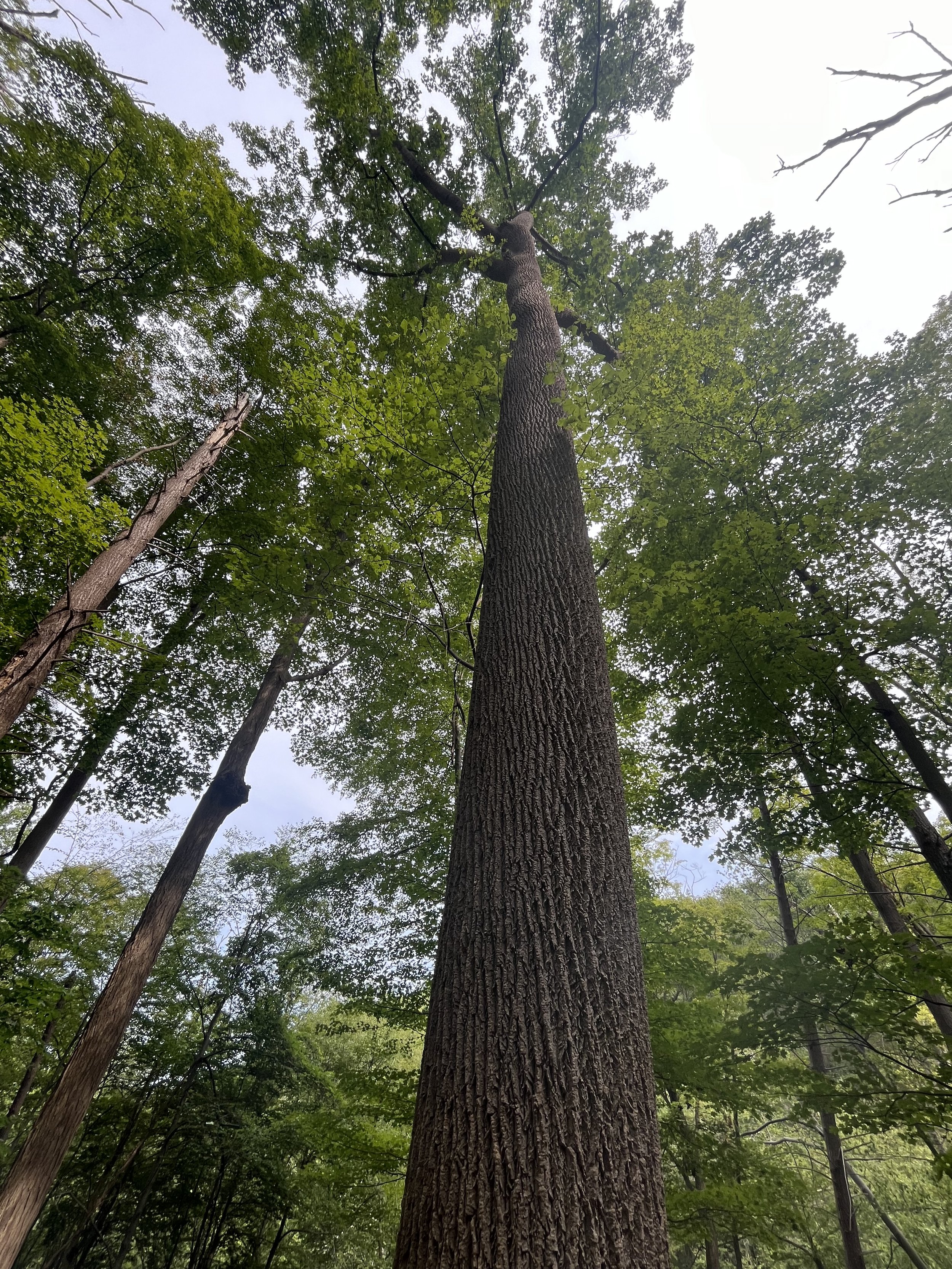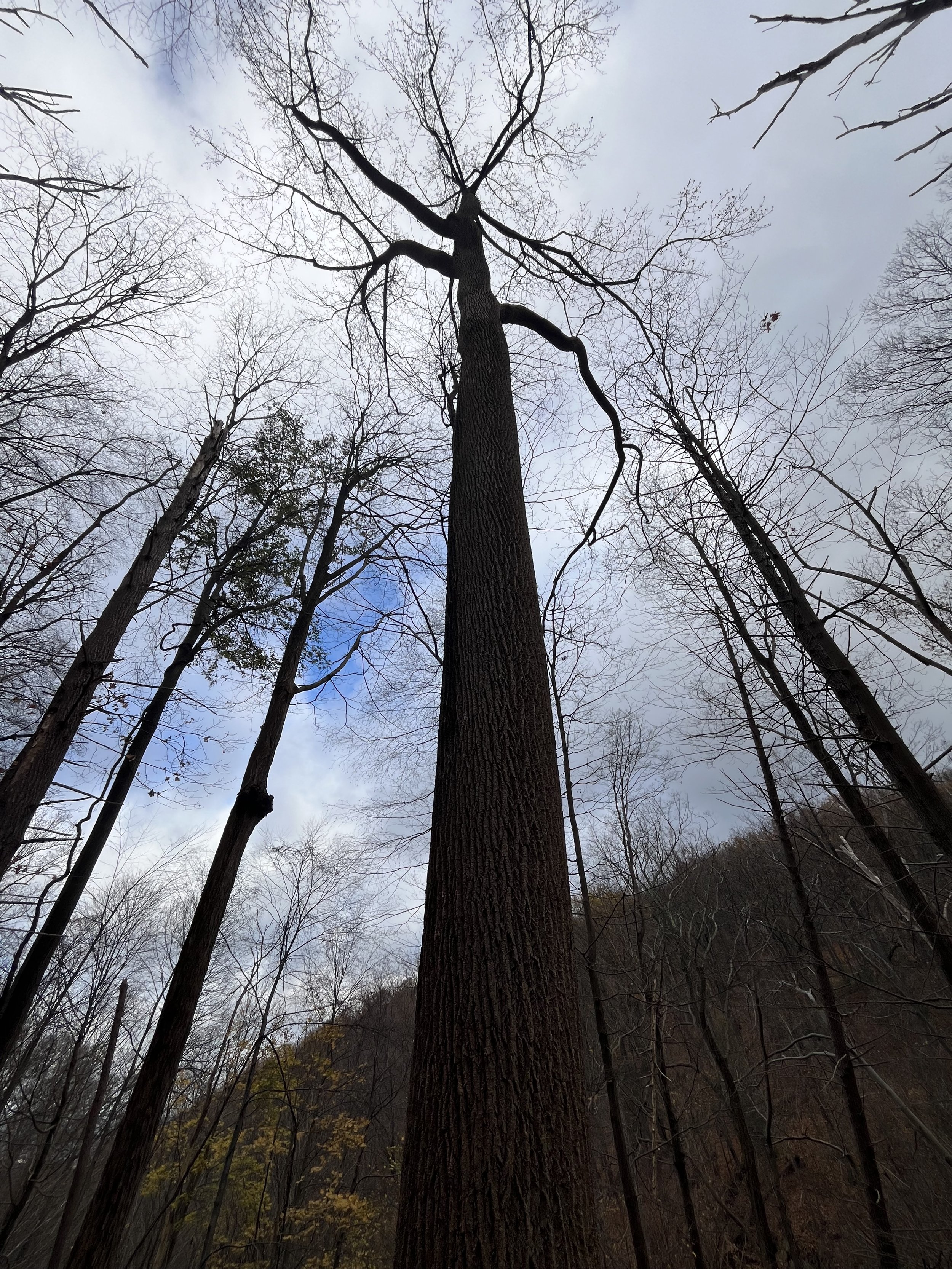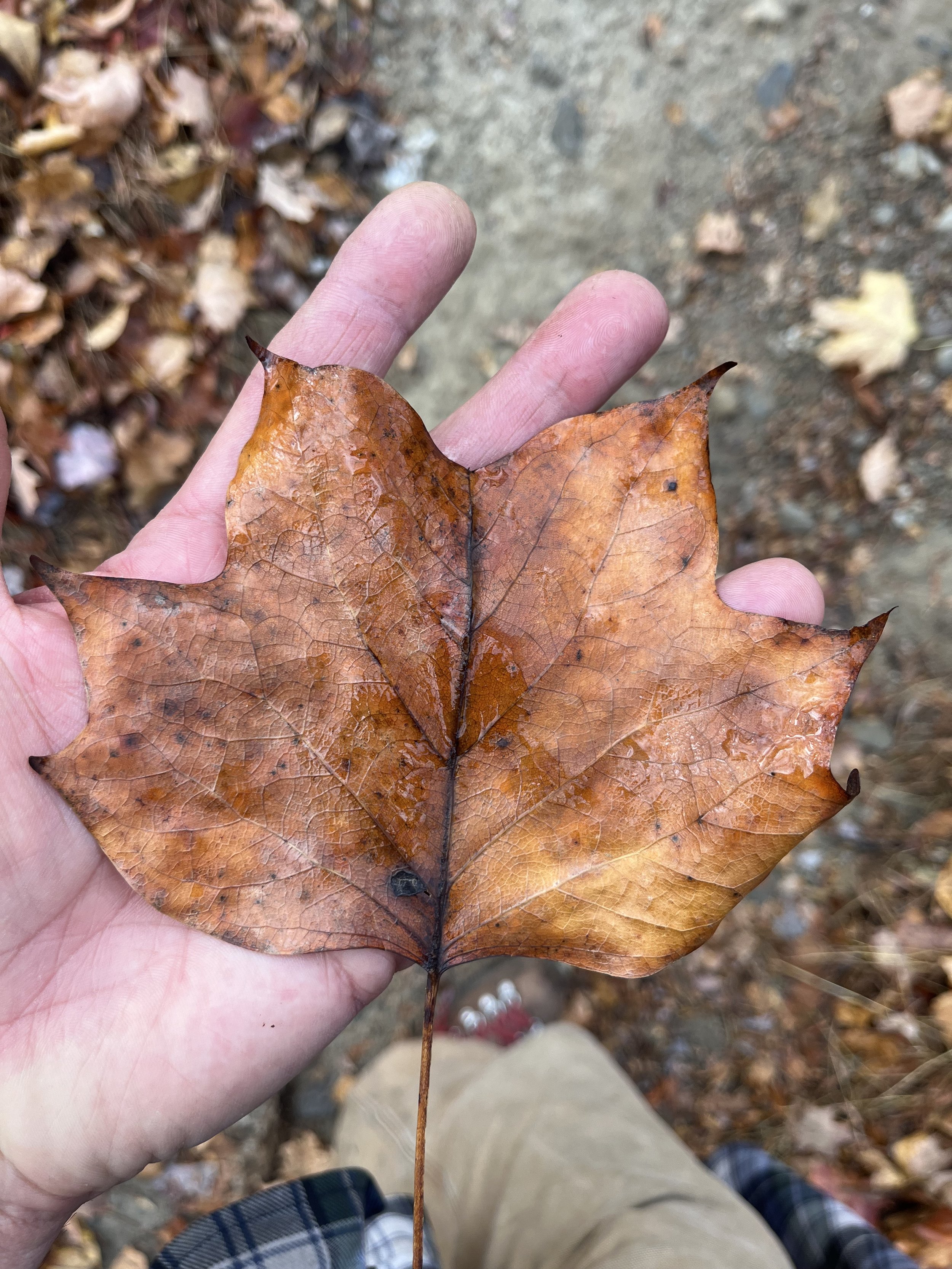Hello People of Earth,
The Plant Songs project concluded with the 29th song last week. I consider the project to be a success. I accomplished what I set out to do, and I believe the work was of good quality. I felt genuine love for all the songs I came up with. They were all special for me.
It feels weird to not be working on a new composition this week. When I started this method of internet sharing, I did 5 years in a row of various projects, from 2010 to 2015, then I took a little time off when we moved to Beacon in 2015. Then the 24 Standards project went from 2016 to 2019. Our daughter was born in May 2019, and it seemed right for there to be a break in projects at that time. So five years had passed from the end of the 24 Standards Project until Plant Songs. I didn’t realize how much I missed it until I started this project. It felt great to be creating music and sharing it again in my own small way.
I spent some time looking back at earlier projects this week in preparation for writing this final reflections post. It was interesting. Most of my output back then was a little more dissonant, weird, avant-garde. But it was still me. The essay writing portion of the projects became more prominent as I proceeded through the different projects, and that trend continued into the Plant Songs. For this project I wrote more words than ever and I enjoyed that part of it more than ever as well. Sometimes my choice of titles was steered a certain way just because there was something I wanted share about in my essays, although the titles always fit the music for me.
Back in Brooklyn, during the Weekly Composition Project (2012-2013) and The Messiaen Project (2013-2014) I wrote about some of the psychological issues I was facing as a musician, mostly in regard to what I thought others thought of my work, and also how challenging the music industry was. Happily there was not much of that going on at all during the Plant Songs Project. In fact, I’m happy that I wrote a lot in the essays for this project, because I think it is a nice chronicle of a very happy period of my adult life. The project itself, and the Mount Beacon hiking routine that has gone on for over a year now are the main contributors to this happiness. My daughter getting a little older and more autonomous hasn’t hurt either. It has been a very magical time for me - I think I can say it’s been the happiest period of my adult life. That’s not to say there can’t be improvements made -there’s plenty to work on. But in many ways, this was a very spiritually rich and happy period for me, and I’m glad it was documented in this project.
As with all my internet sharing projects, this one came with surprises. I’m surprised by how much essay writing I did. That was a really enjoyable part of the weekly routine, as I already mentioned. Even more surprising was how many medium and fast songs came out. As I wrote in the post for song No. 13 The Ascent, “When I started the Plant Songs project, I was gearing up to defend myself from myself about all the slow songs I would be writing. But as always, these projects go their own way and I’ve now released six songs in a row that are not ballads, at least in my mind. Go figure.” I can’t really say why more fast songs came out, but I’ll take it. It was nice to explore that side of music a little more.
When I started the project and named it Plant Songs, I thought perhaps each title would be of a particular plant and I might meditate on that plant a bit to come up with a song. That happened a little, but actually my experiences on Mount Beacon provided most of the inspiration, and some of those had plant titles. I realized part-way through that these didn’t have to be songs about plants, but rather that the word “plant” could be used as a verb. So I’ve planted 29 songs into the world. Some will flourish, some will just stay alive, and some won’t live beyond their documentation in this blog and on YouTube. I really enjoyed attaching titles to these songs and having them represent something for me. The songs themselves with their titles will also serve as a documentation of this period of time for me.
My decision to remain off of social media for this project was the right choice for me. I hopped on at the very beginning to make an announcement of it, but that was all. In avoiding social media, I do occasionally feel like I’m missing out on news from my friends. But ultimately I think I’m much happier without it in my life. I recommend you give it a try. It may seem silly or wasteful to some people for me to not be sharing each song on social media. But I had some loyal followers that regularly let me know that my songs were reaching ears, and that was enough. The songs will hopefully continue to find new people on YouTube for years to come.
Thanks to all of you who listened, and all who let me know you were listening. Sincere thanks to all of you who gave me a comment, online or in person, or shared the project with friends. It really meant a lot. Special thanks to Tim Brown who commented on every single Plant Songs post!
One thing I realized during this project was that my artistic output didn’t go away when I moved to Beacon and eased up on my musical activities. And it didn’t go away for 5 years after our daughter was born. Rather it shifted to another medium: the garden. I believe that many of the world's problems are solved in a garden. I had a strong drive to get my garden in order as quickly as I could, and a lot of my creative energy has gone into co-creating with nature a productive and beautiful system. The cool thing is that that system is providing food and medicine (physical and spiritual) for many humans and other beings and it now has its own momentum. It’s giving back. It will continue to produce for years, even after I’m gone.
If we buy the first round of drinks, Nature picks up the tab for dinner and a show.
- Toby Hemenway
So I’m feeling motivated to transfer the creative energy of the Plant Songs project back to the garden, to caring well for the plants, animals, and fungi that live here.
The Plants Songs project will remain here on my website. And there’s a YouTube playlist of all the Plant Songs that I hope you’ll enjoy from time to time.
I will be back - and it won’t be five years before the next musical project. Gardening work and mountain hikes allow for plenty of contemplation. So as I go I’ll be dreaming up new project ideas to go along with the ones I already have on my mind. For now, I’ll do as Joni Mitchell suggests:
We are stardust,
We are golden,
We are billion year-old carbon.
And we’ve got to get ourselves
back to the garden.
At the Pinus rigida grove on Pitch Peak. Friday March 28, 2025, moments after a pair of Coopers Hawks were circling just ten feet above my head.
